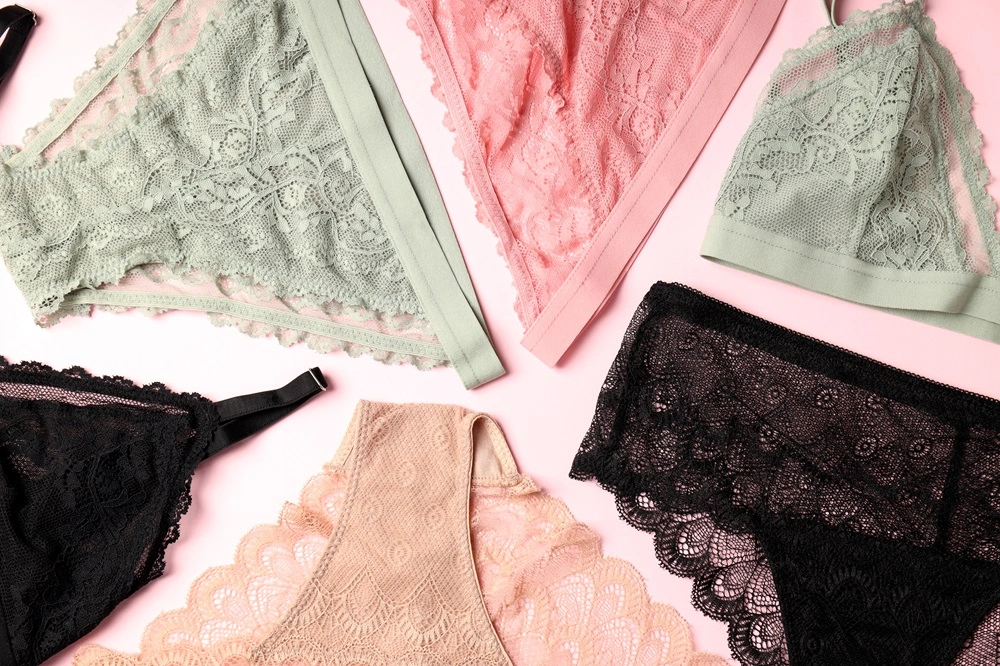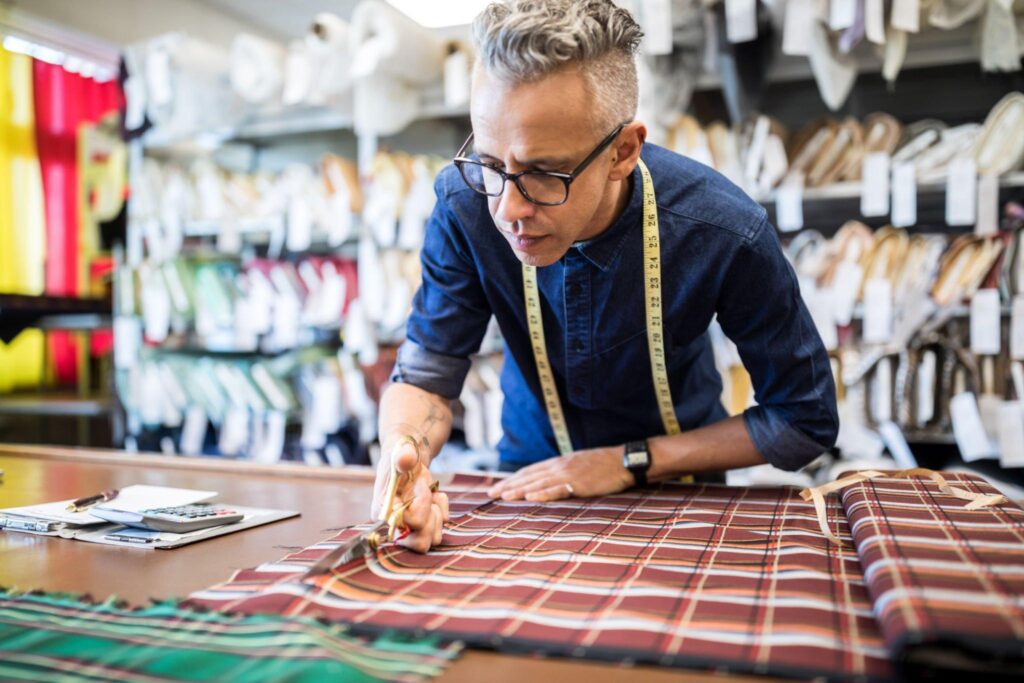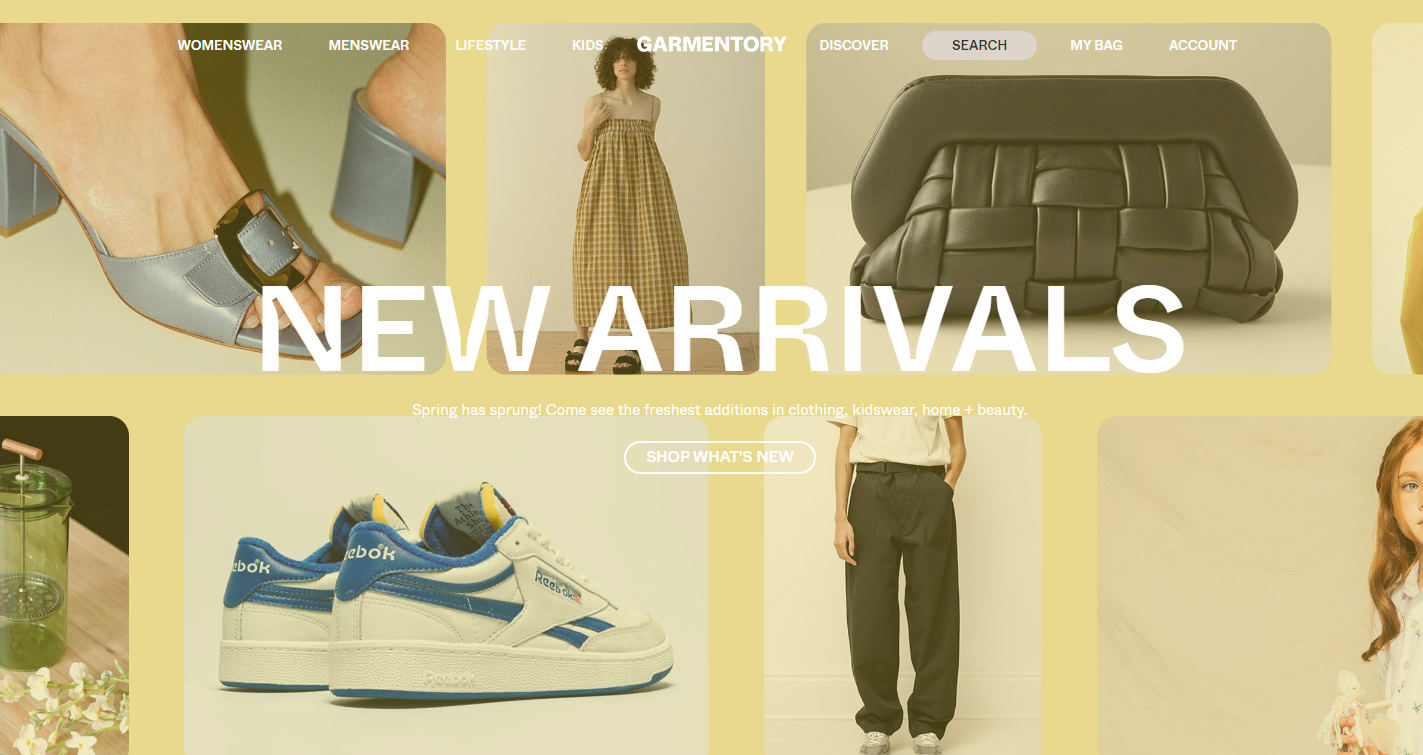Fueled by advancements in technology, a strong commitment to sustainability, and evolving consumer preferences, the activewear industry is undergoing rapid transformation. From innovative smart textiles to eco-conscious materials, the sportswear sector is redefining how manufacturers design and produce performance apparel. To stay competitive in this dynamic market, clothing manufacturers must closely monitor these trends as demand for functional, stylish, and sustainable activewear continues to grow. Innovations such as seamless garment construction, gender-neutral designs, and integration of wearable technology are reshaping the industry landscape. Thriving in 2025 and beyond requires companies like Ludyway to embrace these emerging athleisure fashion trends and deliver premium, high-performance activewear that meets evolving consumer expectations and business standards.
Top 8 Emerging Activewear Trends in 2025
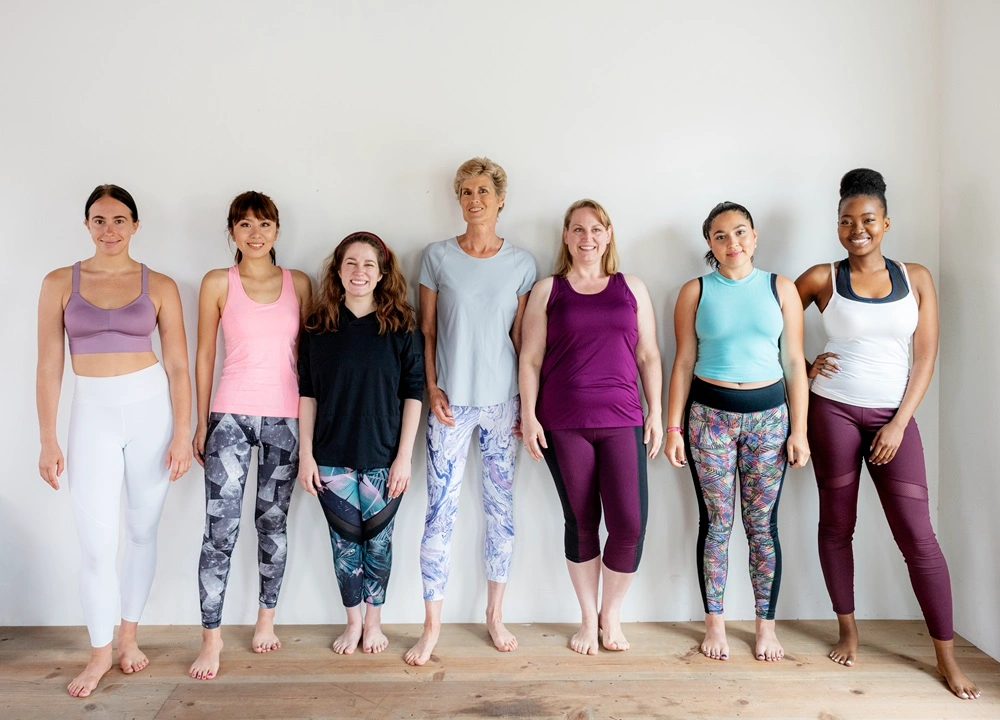
As the activewear market continues to evolve rapidly, several key trends are shaping the future of performance apparel. To remain competitive, B2B garment manufacturers need to anticipate these changes, as consumers increasingly demand superior performance, eco-friendliness, and innovative design. From biodegradable fabrics to smart wearable technology, the following eight activewear trends will dominate 2025, influencing production methods, consumer preferences, and industry standards.
Sustainable & Eco-Friendly Activewear
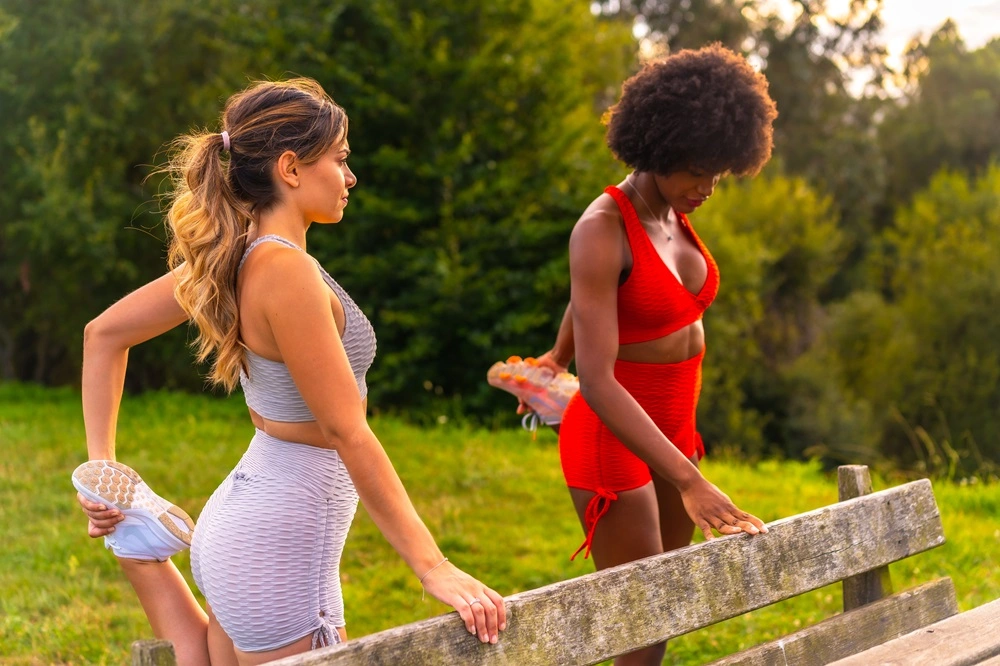
Sustainability has shifted from a trend to an essential standard in sportswear manufacturing. Growing consumer preference for environmentally responsible products drives demand for biodegradable fabrics, recycled materials, and low-impact manufacturing processes. At Ludyway, we prioritize eco-conscious solutions such as organic cotton, bamboo fibers, and recycled nylon to minimize environmental footprints. To meet this rising demand, B2B manufacturers must adopt green production techniques including waterless dyeing and reduced textile waste. Embracing these sustainable practices not only enhances brand reputation but also aligns with global environmental goals.
Smart & Tech-Integrated Sportswear

The fusion of smart textiles and wearable technology is revolutionizing fitness apparel. Innovations such as biomonitoring garments, moisture-wicking fabrics, and temperature-regulating textiles optimize athlete performance and recovery. Smart fabrics equipped with sensors and AI algorithms provide real-time feedback on muscle fatigue, hydration, and heart rate. Forward-thinking manufacturers like Ludyway invest in these advanced materials and collaborate with IoT and AI companies to explore new market opportunities. Incorporating intelligent textile production is key for brands aiming to lead in this tech-driven fitness era.
Seamless & Compression Technology
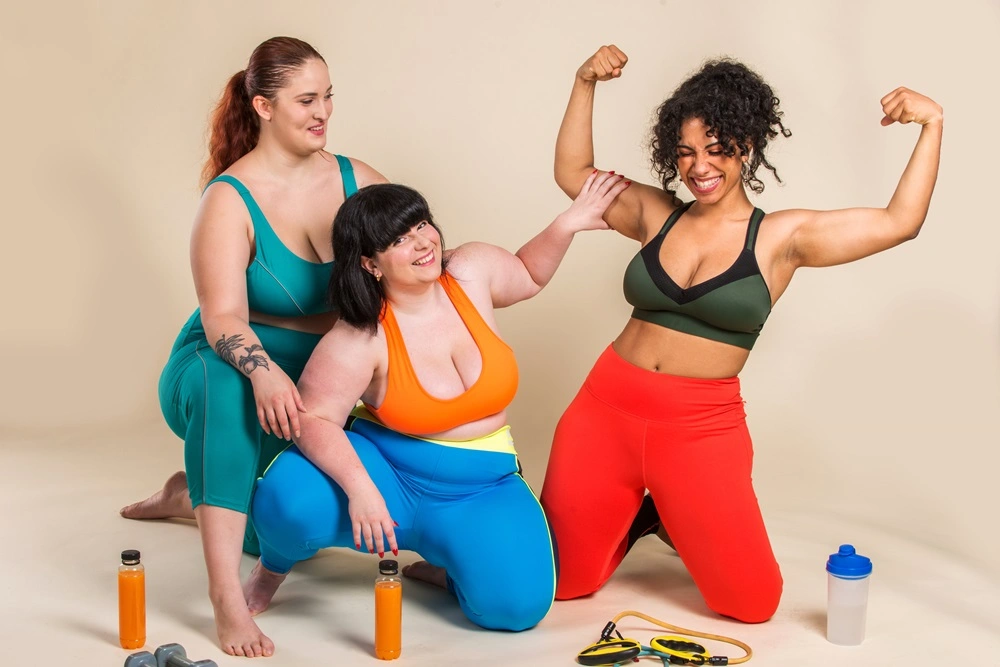
Seamless activewear is gaining popularity for its enhanced comfort, durability, and performance. Utilizing advanced knitting and bonding technologies, seamless garments offer greater flexibility while minimizing fabric waste. Additionally, compression wear—known for supporting muscle groups, improving circulation, and reducing fatigue—continues to see strong demand. Manufacturers can leverage 3D seamless knitting techniques to produce lightweight, high-performance apparel. This technology is becoming a standard in 2025, with companies like Ludyway offering custom leggings and compression garments to meet consumer needs.
Athleisure & Everyday Performance Wear
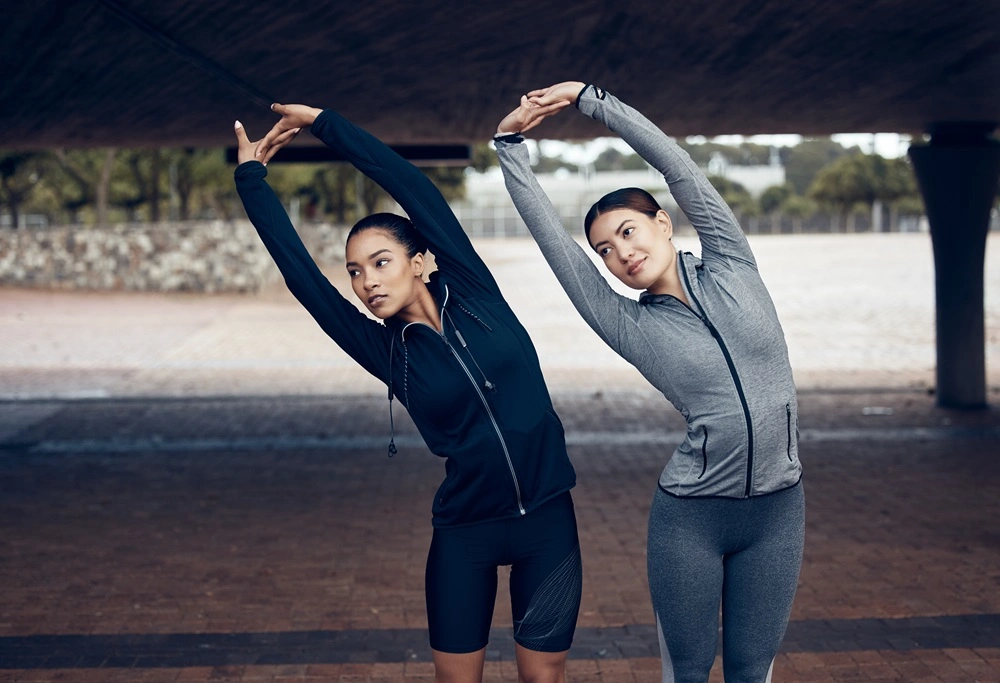
Athleisure continues to dominate, blending sportswear functionality with everyday fashion. Consumers seek versatile apparel that transitions seamlessly from workouts to casual settings. Breathable fabrics, ergonomic hoodies, and flexible leggings designed for both comfort and style are in high demand. Apparel producers should focus on these versatile trends, catering to lifestyle-driven consumers. Ludyway’s offerings include a range of custom hoodies and other athleisure apparel that meet these dual-purpose requirements.
Bold Colors & Aesthetic-Driven Activewear
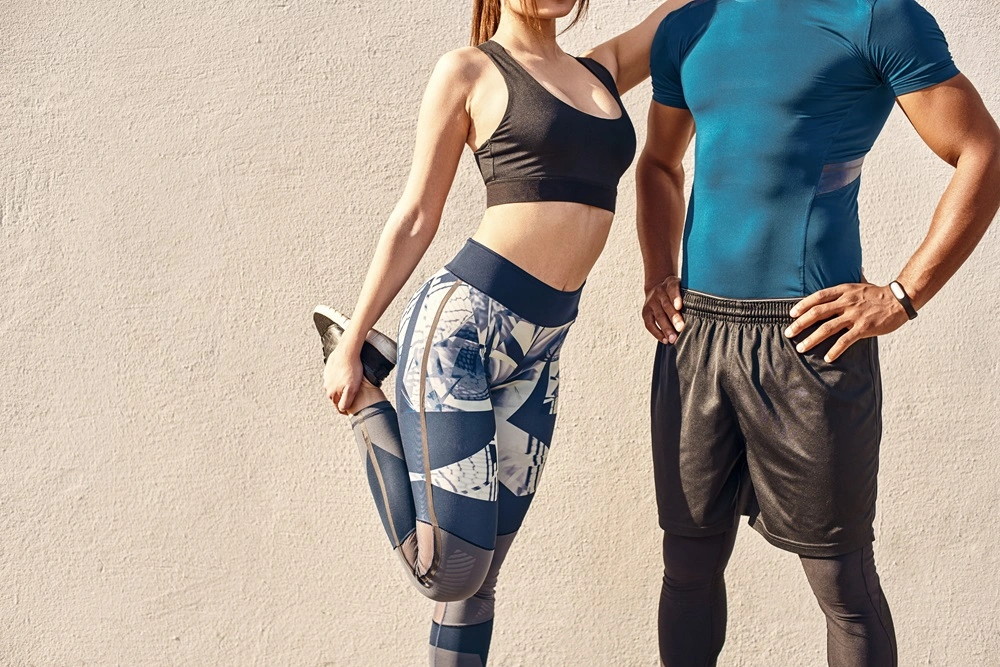
Activewear is moving beyond traditional neutrals, embracing vibrant colors, bold patterns, and unique designs. Consumers increasingly favor customization and personalization, opting for neon hues, color-blocking, and striking prints. B2B manufacturers must adopt advanced dyeing and digital printing techniques to create aesthetically compelling and customizable sportswear lines. Ludyway integrates these methods to provide eye-catching, personalized apparel that stands out in the competitive market.
Gender-Neutral & Inclusive Sportswear

The demand for inclusive, gender-neutral activewear is reshaping the industry. Consumers expect adaptable, unisex designs that accommodate diverse body types and challenge traditional gender norms. When developing new collections, brands should focus on flexible fits, inclusive sizing, and adaptive styles to serve a broad audience. Ludyway embraces this approach by offering a variety of custom apparel options that prioritize inclusivity and versatility.
High-Performance Sustainable Fabrics
Innovations in moisture-wicking, antibacterial, and temperature-regulating fabrics are redefining activewear performance while supporting sustainability. Materials like bamboo charcoal, coffee-infused yarns, and plant-based polyester not only enhance sweat absorption and odor control but also contribute to eco-friendly practices. Integrating these advanced textiles into mass production is essential for manufacturers to satisfy environmentally conscious consumers. Ludyway continually incorporates high-performance sustainable fabrics to lead in this green revolution.
Customization & On-Demand Production
Personalization is becoming a vital factor in sportswear, with on-demand production enabling brands to create unique, made-to-order items while minimizing waste. Technologies such as 3D knitting, digital printing, and automated manufacturing empower manufacturers to offer custom fits, monogramming, and exclusive color selections. This small-batch production model reduces excess inventory and appeals to diverse consumer preferences. Ludyway excels in providing tailored solutions, including custom t-shirts and other made-to-order apparel, showcasing the power of personalization in activewear.
Implications for B2B Sportswear Manufacturers
B2B activewear producers must adapt supply chains, materials, and manufacturing techniques to keep pace with the rising demand for innovative, sustainable, and tech-integrated apparel. The primary consumers driving market growth are individuals aged 25-34, representing a significant portion of sales, closely followed by the 30-39 and 18-29 age groups.
To stay competitive, manufacturers should invest in advanced equipment, digital printing technologies, and automation to meet the evolving requirements driven by eco-friendly fabrics, seamless technology, and smart textiles. Ethical and sustainable sourcing practices are also crucial to comply with global environmental and labor standards. Partnering with certified suppliers and utilizing recycled, biodegradable, or organic materials enhances supply chain transparency and consumer trust.
Collaboration between manufacturers and activewear brands is essential to produce innovative, high-function apparel that satisfies market demands. Through strategic partnerships, companies like Ludyway create unique graphics, apply functional technology, and deliver customized aesthetics that distinguish their products. By embracing cutting-edge materials, ethical processes, and flexible production models, manufacturers will optimize efficiency, reduce waste, and maintain a competitive edge in 2025 and beyond.
The Future of Sportswear: Innovation and Sustainability
The sportswear industry is rapidly evolving, driven by sustainability, technology, and changing consumer expectations. Emerging trends—such as eco-friendly materials, smart textiles, and inclusive designs—are shaping the future of activewear. To remain competitive in 2025, B2B companies like Ludyway must adopt innovation, ethical sourcing, and adaptable production techniques. Leveraging on-demand manufacturing, advanced textiles, and seamless construction will enable brands to reduce waste, improve efficiency, and meet consumer needs. Embracing these changes guarantees long-term success across diverse sectors including swimwear, gym apparel, yoga wear, and beyond. The future of activewear is here—adapt or be left behind.




